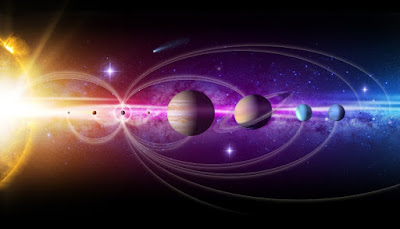Another Solar System Formation Model Fails
Purveyors of starstuff-to-security guard evolution are still saddling up that old swayback of the nebular hypothesis for the formation of our solar system. Other conjectures fail even more, so they keep going back to the best of bad. This time, a new computer model lets them down.
We saw that programming a robot to simulate flight evolution is ridiculous because programmers get the results they expect. In this computer solar system model, however, programmers are constrained with actual facts. The model indicated that secularists still have many problems; naturalism cannot explain the origin of the solar system. Want to know why? It did not happen by chance, but was created by the Master Engineer — and it was created much more recently than they want to admit.
 |
| Credit: NASA / Jenny Mottar (usage does not imply endorsement of site contents) |
The simulations do not even start with the gas/dust nebular cloud from which the solar system is supposed to have evolved, but start at a point where it is assumed that planet-sized bodies have already formed from accumulation of mass, thus skipping other potential problems. The ‘embryos’ present at the start of these simulations are 10 or 20 large planet-size bodies, and several thousand small planetesimals, at most a few hundred kilometres across.To read the entire article, click on "How did the Solar System form?"
Then computer simulations are run (or ‘allowed to evolve’ under standard gravitational physics) with various initial parameters in an effort to produce the solar system we observe.